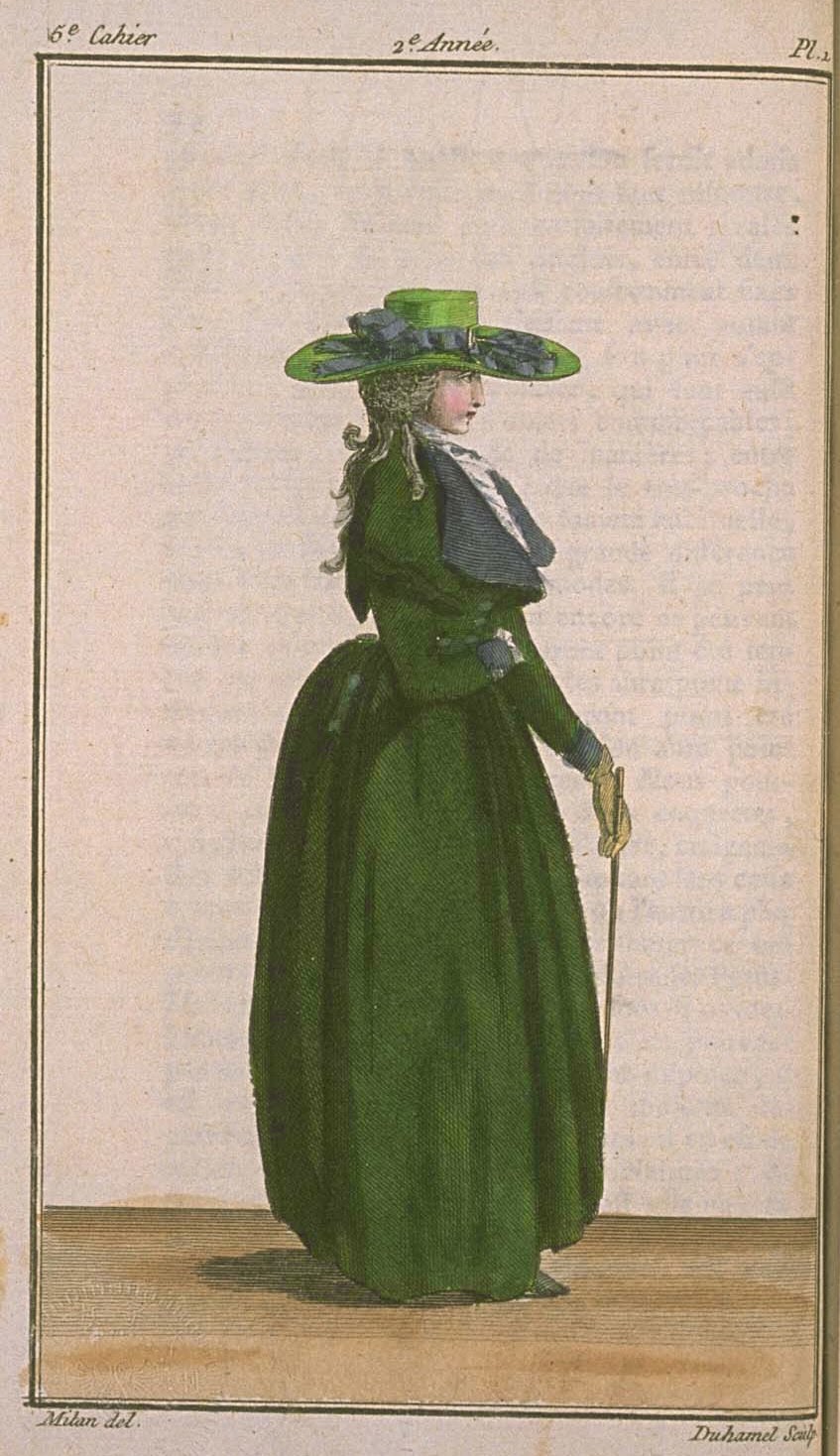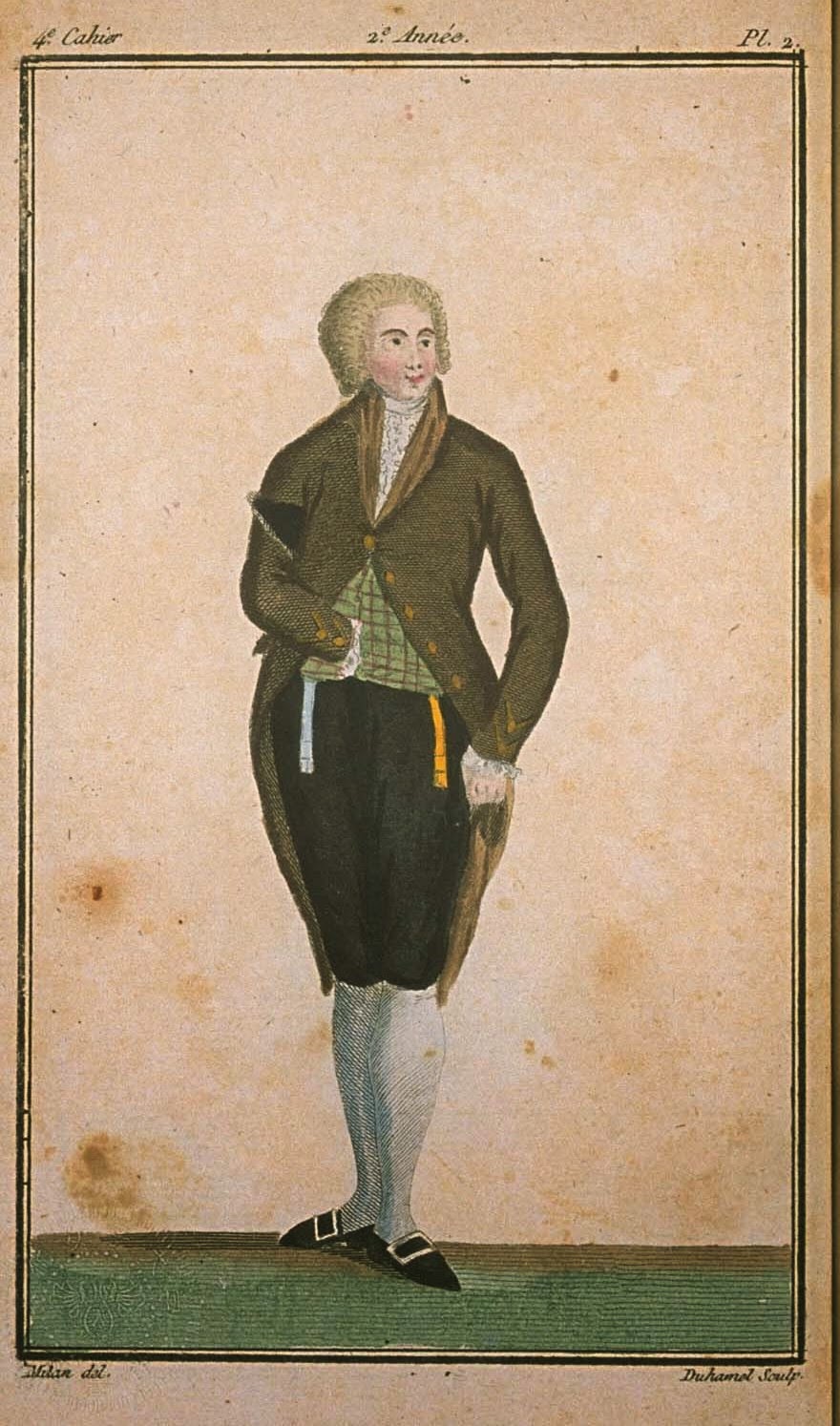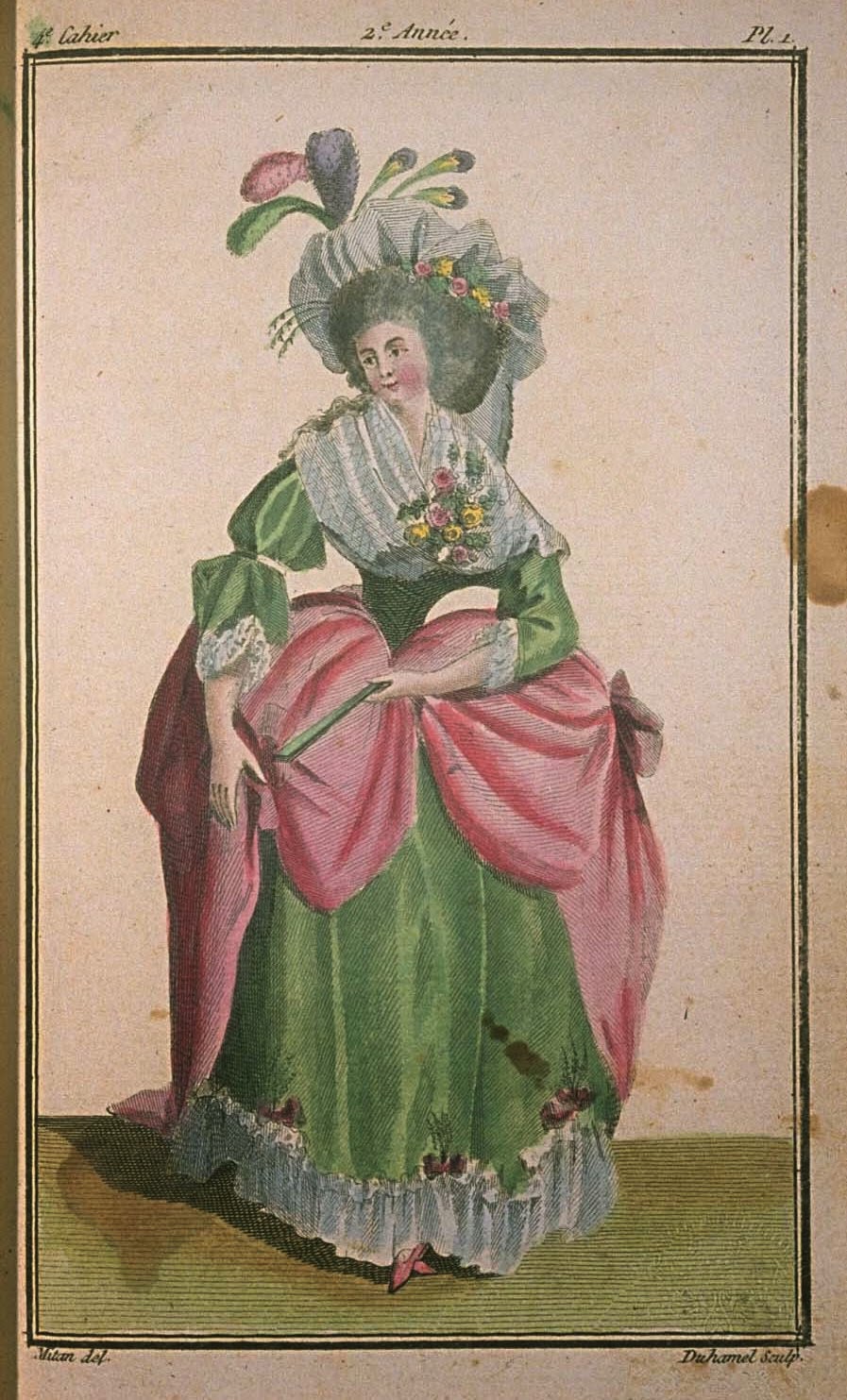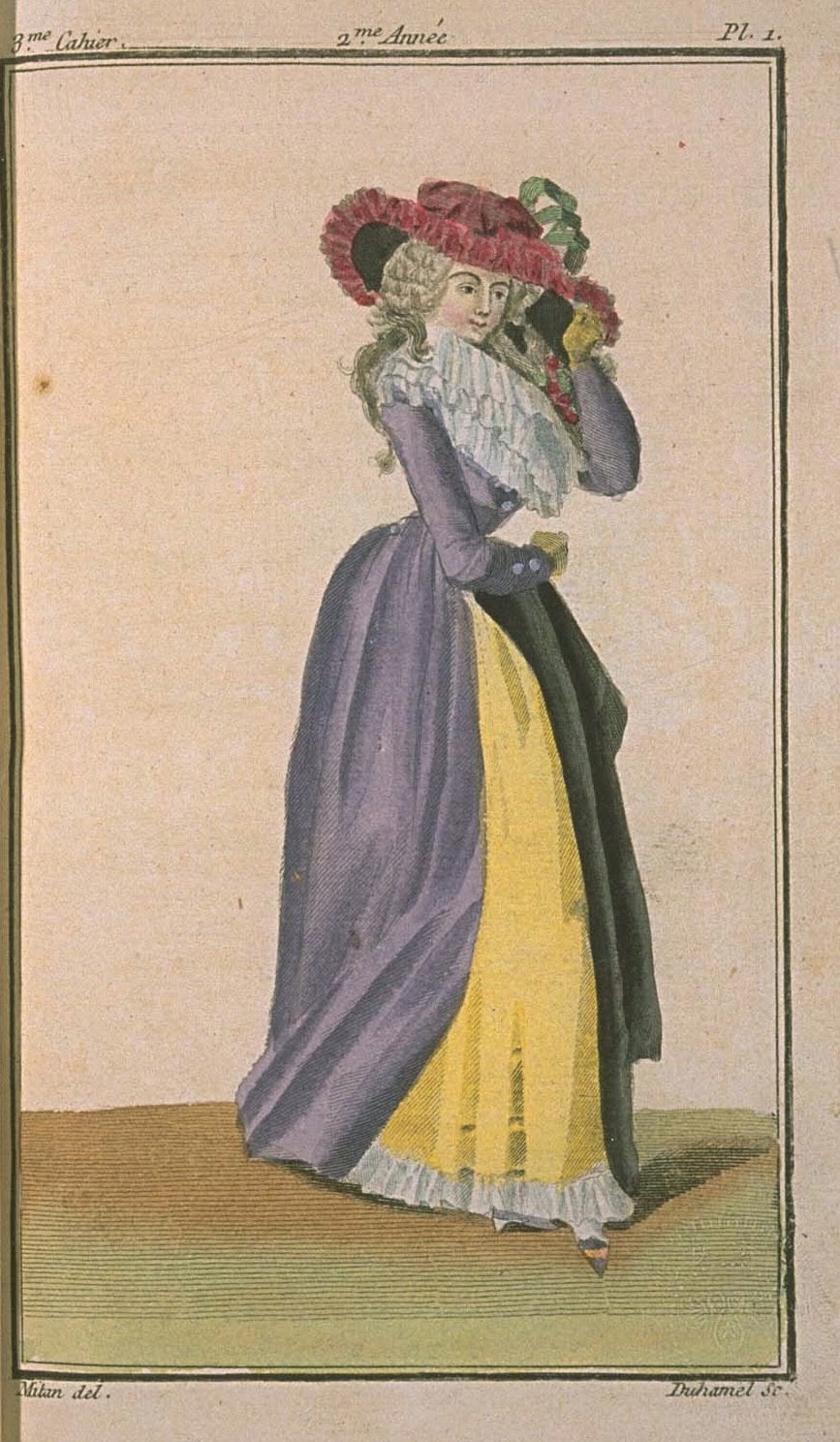Book Review: Patterns of Fashion 5!

Patterns of Fashion 5: The content, cut, construction and context of bodies, stays, hoops and rumps c. 1595-1795 - Years in the making, and I think we're all very excited to have it out at last! A little background, if you're not familiar with it: Janet Arnold wrote the original two Patterns of Fashion books (1660-1860 and 1860-1940) in the 1960s, and followed them up in 1985 with a third based on 1560-1620. A fourth was published posthumously on shirts, smocks, ruffs, etc. in roughly the same time period (she worked on Elizabethan and Shakespearian dress quite a bit), based on her original material, edited and added to by Jenny Tiramani (longtime professional costume designer with a passion for accuracy) and Santina Levey (a lace/embroidery specialist). Patterns of Fashion 5 is likewise based on her patterns and notes, but has been very extensively added to by Jenny Tiramani and Luca Costigliolo (also a costume designer; the two have worked together for a long ...











